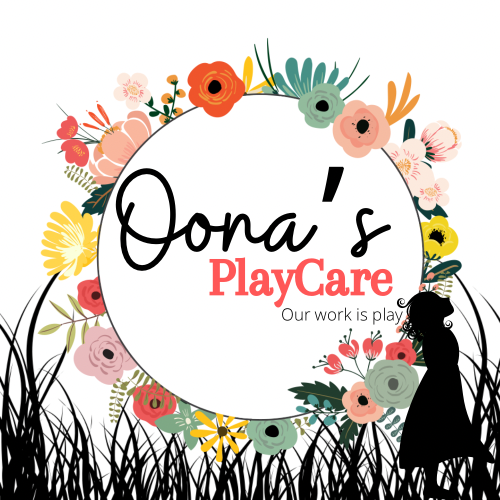Young children are creative and innovative. They see the world as new and explorable. With so much undiscovered information surrounding them, it’s completely normal for an infant or toddler to try learning with the use of its mouth. No matter what the object may be, if a little one can reach it and grab it, the little one will probably try putting it in their mouth since this is one of the most useful tools to an infant or toddler, use of the mouth tends to become an instinct reaction when the child’s environment changes or a child feels inclined to act. This is one of the reasons that biting is so common in child care settings and often leads to the “epidemic” of biting. The term “epidemic” is referring to the way biting can barely even exist in the child care one day, then there can be three different children all using biting to handle their curiosity or emotions the next day.
According to multiple sources, such as Parents Reaching Out and The National Association for the Education of Young Children, there are many reasons a child may feel that biting is a reasonable reaction, such as:
-They are teething
-They are experimenting with what will happen if they bite
-They are angry or frustrated
-They are coping with the behaviors around them
-They are trying to get something
-They are seeking power and control through biting others
-They are trying to contact another person and don’t have the social skills required yet
-They are scared
-They want attention
-They feel threatened
With so many different causes and explanations for why a child may be biting, one of the best steps we, as family members and educators, can take to help prevent this epidemic from continuing in the future. We don’t want to discourage our little learners from exploring the world around them, especially since it is completely normal for a child to explore with their mouth since touch and taste are key components to sensory development. With the younger children, particularly those who are biting to relieve the pain of teething, it is important to have items nearby to give to the biter. Good examples of these are teething rings, frozen bagels, cold applesauce, or a frozen pacifier. With the older children who aren’t; biting due to teething but are biting to gain a reaction out of others or as a reaction, we want to help them understand that learning/exploring and hurting others are not the same thing.
One of the most influential ways to prevent biting as a child grows and develops is to reinforce the message that “biting hurts”. When a child has bit another, the best message you can send to the biter is that they are hurting someone with their action and help them find new ways to acknowledge their feelings. A good way to handle the situation is to get down on the child’s level and try saying “We don’t bite people. Biting hurts.” Be sure to focus your caring, comforting attention on the child or person who got bit. This will help the biter see that, in order to get attention and care (if that’s what they may have been seeking) that biting is not the way to get what they want. Always remember to check the area where a child has been bit. Apply ice to reduce bruising and make sure to thoroughly clean and bandage the area if skin has been broken.
Since gaining attention isn’t the only reason for a child’s biting, there are many other ways to assess and handle a situation, including:
-Anticipating the behavior from child who have been biters in the past. Be ready to intervene if you see the child getting upset or frustrated, since these emotions can lead to biting when they are pointed toward another individual.
-Be ready for a change in scenery or pace with whatever activity you may be involved in with the child. Sometimes, if a child’s needs are not being met adequately, a change in scenery can refocus a child and allow them to become distracted from their need to bite. Good examples are taking a walk outside to relax or doing an art project to express their feelings.
-Keep play sessions with other children simple and short. Overstimulating a child can lead to biting which is why children are often more comfortable playing in small groups with a change in activity if the children seem to become restless or aggravated over time.
-Be sure to praise children for appropriate and safe interactions with others. This teaches them key components of social interactions and helps them identify what is safe/fun versus what is harmful/upsetting.
Keep in mind that biting is normal. It is a phase of development that will pass as a child grows and learns more about empathy, social interaction, and social/self-awareness. Be patient and be willing to help them understand as they become ready.
For more information on biting, teething, and development:
Biting:
http://parentsreachingout.org/cd/pdfs_en/fs034.pdf
https://www.naeyc.org/our-work/families/understanding-and-responding-children-who-bite
https://kidshealth.org/en/parents/stop-biting.html
Teething:
https://www.momtricks.com/babies/soothe-teething-baby/
https://www.mouthhealthy.org/en/az-topics/t/teething
https://kidshealth.org/en/parents/teething.html
Development:
